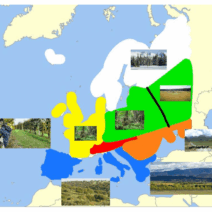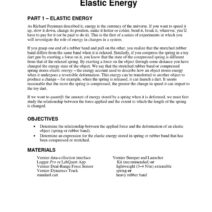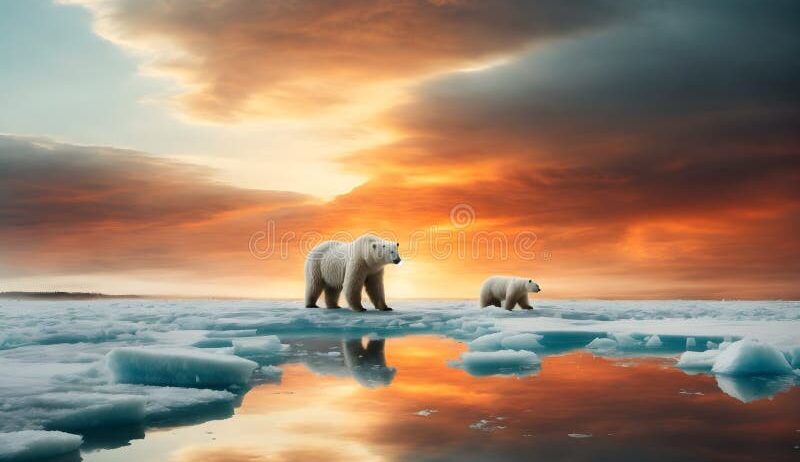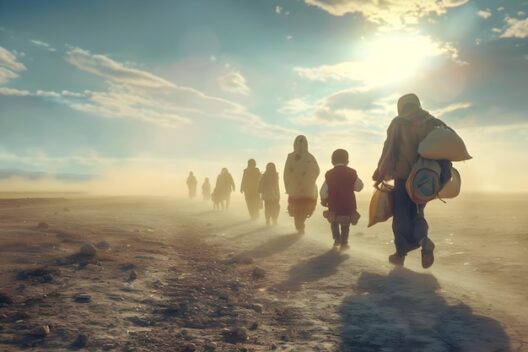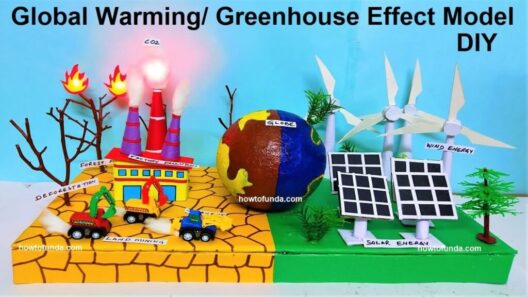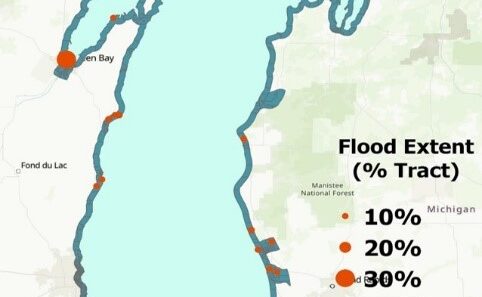As humanity strides spiritless into the inevitable twilight of environmental change, the question that insidiously lurks beneath the surface is, “How soon will global warming seriously harm us?” This probing inquiry transcends mere curiosity; it unveils layers of urgency that demand our immediate attention and collective action. The United States, standing as a formidable bastion of industrial prowess, faces a multifaceted dilemma as climate change burgeons beyond a mere specter of concern into an undeniable reality. The clock is ticking, and the consequences are becoming increasingly palpable.
To contextualize this impending peril, one might consider global warming as a simmering cauldron, the surface placid yet concealing tumultuous turmoil beneath. The warming of our planet originates largely from anthropogenic activities—burning fossil fuels, deforestation, and industrial emissions—causing the Earth’s temperature to rise at an alarming rate. The Intergovernmental Panel on Climate Change (IPCC) has warned that if greenhouse gas emissions continue unabated, we could witness an increase in global temperatures of 1.5 degrees Celsius above pre-industrial levels as soon as 2030. This threshold is not merely a benchmark; it is a cataclysmic tipping point from which recovery may prove insurmountable.
The United States is uniquely vulnerable in this precarious dance with climate change. It possesses an array of climatic zones, from the arid deserts of the Southwest to the humid subtropics of the Southeast. This diversity, while enriching, also means that the impacts of global warming are not uniform; they are disparate and often inequitably distributed. Coastal cities like Miami and New Orleans face encroaching seas, while the western states grapple with intensified droughts and wildfires—a potent juxtaposition of inundation and desiccation. The metaphor of the canary in the coal mine is fitting; certain regions serve as harbingers of the drastic changes yet to blanket the entire nation.
One of the most disconcerting manifestations of climatic disruption is the increasing frequency and intensity of extreme weather events. Hurricanes, once feared as seasonal nuisances, now unfurl their force with greater ferocity and frequency. The past decade has been punctuated by catastrophic hurricanes that have wrought havoc on lives and infrastructure. The National Oceanic and Atmospheric Administration (NOAA) has documented an upward trajectory in the severity of these storms, demonstrably linked to a warmer atmosphere, which holds more moisture—fueling devastating rains and winds.
Meanwhile, heatwaves stretch across the land like relentless gorgons, inescapably increasing mortality rates, exacerbating respiratory illnesses, and straining the healthcare system. Historical data corroborates this worrisome trend; the past five years have witnessed unprecedented high-temperature occurrences. Vulnerable populations, including the elderly, children, and lower-income communities, find themselves ensnared in a web of exacerbated health risks, illuminating the social inequities wrought by climatic unevenness.
But the ramifications of global warming extend beyond mere weather patterns; they seep deep into the fabric of agriculture, which constitutes the backbone of the nation’s food security. Shifting climatic conditions disrupt growing seasons, impacting crop yields and threatening the livelihoods of farmers across the Midwest. Studies predict that staple crops such as corn and wheat could see significant declines in yield, heralding an era of food insecurity that could engender socio-political strife. To cultivate a secure future, the United States must peer into this merciless abyss and envision adaptive strategies, integrating innovative agricultural practices and sustainable resource management.
Ecological impacts further substantiate the urgency of addressing climate change. Biodiversity, the intricate tapestry of life on Earth, is under siege. As habitats deteriorate and ecosystems unravel, countless species grapple with extinction. The United States is home to an array of unique ecosystems, from the Great Smoky Mountains to the coastal wetlands of Louisiana. The loss of even a single species substantiates the cascading effects that echo throughout food chains and ecological balance, threatening our own survival in the process.
# The Social Imperative for Action
The societal implications of global warming necessitate a collective awakening. The concept of environmental justice unveils the disproportionate impact of climate change on marginalized communities. Historically disenfranchised groups often bear the brunt of environmental degradation, facing increased exposure to pollution and less access to resources for adaptation. Acknowledging this inequality is crucial; aligning climate action with social equity lays the groundwork for a more just and sustainable future.
Transitioning from introspection to action requires a multi-faceted approach. Policies must be curbed toward reducing greenhouse gases, enhancing energy efficiency, and facilitating the transition to renewable energy sources. The burgeoning solar and wind industries offer not only hope for sustainable power generation but also an economic boon—creating jobs and stimulating local economies. Investment in infrastructure, adaptive strategies, and education about climate change will galvanize communities and foster resilience.
The urgency of now cannot be overstated; the longer we delay decisive action, the higher the stakes become. It is pivotal that individuals, communities, and governments unite under the banner of proactive climate stewardship. The clock is ticking ever louder, and the future hangs precariously in the balance. While the call to action is stark and often daunting, it also offers an unparalleled opportunity to innovate and unite, ensuring a world that thrives, rather than merely survives, in the face of encroaching environmental change.
In epitomizing this collective struggle against global warming, we metaphorically wield the phoenix as our emblem—rising from the ashes of our complacency, rekindling hope, and forging a resilient future. The question is not if we shall be harmed, but rather, how we choose to respond to this ever-pressing reality. United, we can forge a path toward sustainability and climate justice; divided, we risk plunging ourselves into a profound abyss.
